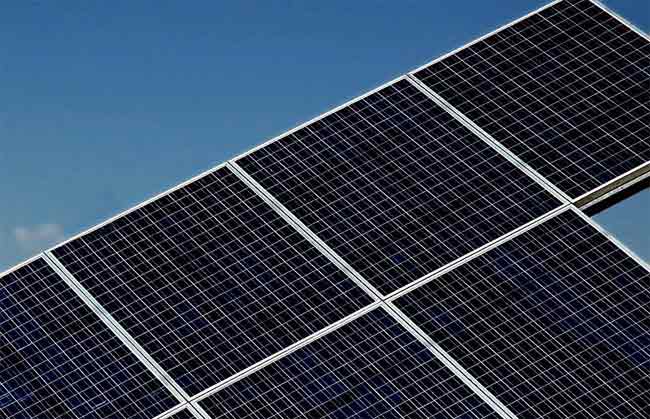The conversion efficiency of solar panels is determined by various factors related to the materials, design, and operating conditions of the solar cells.
- Type of Solar Cell:
- Different types of solar cells have varying levels of efficiency. Monocrystalline solar cells tend to have higher efficiencies compared to polycrystalline and thin-film solar cells. Emerging technologies, such as multi-junction and tandem solar cells, are also pushing the efficiency boundaries.
- Quality of Semiconductor Material:
- The semiconductor material used in solar cells, usually silicon, plays a crucial role. High-quality, pure silicon with minimal impurities allows for better electron mobility and improved electrical performance, contributing to higher efficiency.
- Design and Manufacturing Techniques:
- The design and manufacturing processes impact the overall efficiency of solar panels. Advanced manufacturing techniques, such as passivation layers, surface texturing, and anti-reflective coatings, can enhance light absorption and reduce energy losses.
- Thickness of Semiconductor Material:
- The thickness of the semiconductor material in the solar cell affects the absorption of sunlight. Thicker cells may absorb more light, but they can also increase manufacturing costs and decrease efficiency due to increased electron travel distance.
- Quality of Contacts and Interconnections:
- The electrical contacts and interconnections within the solar panel should be designed to minimize resistive losses. High-quality materials and proper connection techniques are essential for optimizing electrical conductivity and maintaining efficiency.
- Temperature:
- The operating temperature of solar panels can influence their efficiency. Higher temperatures can lead to reduced efficiency, as it affects the mobility of electrons within the semiconductor material. Manufacturers often provide a temperature coefficient that indicates how efficiency changes with temperature.
- Angle of Incidence and Tracking:
- The angle at which sunlight strikes the solar panel (angle of incidence) affects efficiency. Solar trackers that adjust the orientation of solar panels to face the sun directly can optimize the angle of incidence and improve overall efficiency.
- Optical Losses:
- Optical losses occur when sunlight is not efficiently absorbed by the solar cell. Anti-reflective coatings and surface texturing can minimize these losses by improving light absorption.
- Spectral Response:
- The spectral response of a solar cell refers to its ability to convert light at different wavelengths into electricity. Some solar cells may have better spectral response in specific parts of the solar spectrum, contributing to higher efficiency.
- External Factors:
- External factors, such as shading, dirt, and soiling on the surface of the solar panels, can reduce efficiency. Regular maintenance and proper installation can help mitigate these issues.
- Inverter Efficiency:
- The efficiency of the inverter, which converts the direct current (DC) produced by solar panels into usable alternating current (AC), also contributes to the overall efficiency of the solar power system.
It’s important to consider that advancements in solar technology and ongoing research may lead to improvements in efficiency over time. When choosing solar panels, it’s advisable to consider a balance between efficiency, cost, and other factors that are relevant to the specific application and location.


